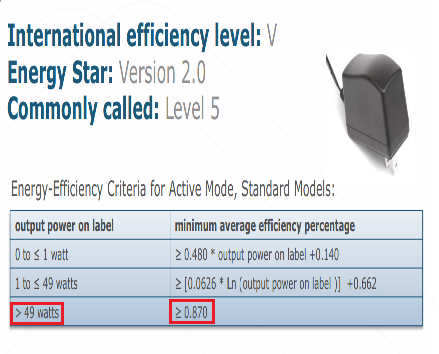| jonathanalis said: Some qustions: they promised 8k textures. they are still on that? Xbox One also have a 32Mb ESRAM, and PS4 dont. Why every Xbox One game has problems with 1080p and none PS4 game has? So, this kind of ram cant compensate some raw power? |
Even if 32MB of esram provided more bandiwdth(not saying it does) than the bandwidth provided by 6GB of gddr5, besides bandwidth you need render power, ps4 gpu seems to be about 50% more powerful than the xbox one, and kind of makes sense that many xbox one games are 900p wich is about 50% less than the 1080p. The wii u edram has enoug bandwidth for the 1080p with double buffering with just 16MB but that doenst mean the gpu can keep up with the framebuffer and shader power for graphics also must be accounted.
As for the 4k-8k textures, they havent mentioned anything about them recently, but if their were not going to sue them anymore then they would have tell us by now. Its only a bet right now, but i think they could have broken down the etxtures into tiny tiles so they could fit them in texture memory and updating them in texture memory while the rest would wait on system ram, the technqiue is known as texture paging, the reason i beleive this is that the terrain in the first image looks a bit tiled

https://www.opengl.org/archives/resources/code/samples/advanced/advanced97/notes/node29.html
@
Paging Textures
Imagine trying to draw an object which is covered by a portion of an arbitrary large 2D texture. This type of problem typically occurs when rendering terrain or attempting to pan over very large images. If the texture is arbitrarily large it will not entirely fit into texture memory unless it is dramatically reduced in size. Rather than suffer the degradation in image quality by using the smaller texture, it might be possible to only use the subregion of the texture that is currently visible. This is somewhat similar to the texture tiling problem discussed earlier, but rather than sequence through all of the tiles for each frame only the set of tiles necessary to draw the image need to be used [41].
There are two different approaches that could be used to address the problem. The first is to subdivide the texture into fixed sized tiles and selectively draw the portion of the geometry that intersects each tile as that tile is loaded. As discussed previously, this is difficult for GL_LINEAR filters since the locations where the geometry crosses tile boundaries need to be resampled properly. The problem could be addressed by clipping the geometry so that the texture coordinates are kept within the [0.0, 1.0] range and then use borders to handle the edges, or a single large texture consisting of all of the tiles could be used and the clipping step could be avoided.
@



















































